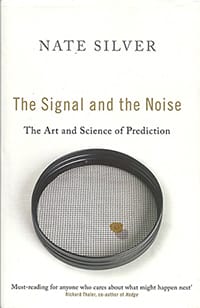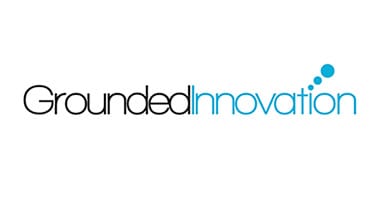-
 Open innovation
Open innovationHenry Chesbrough (2006)
This is a classic in its field. Its exploration of open innovation provides many lessons. One particular pleasure came from reading the case study about Xerox PARC because personal experience can expand this case study: Xerox had a UK research venture that competed with PARC in many areas (until HQ realised this was not sensible). Reading about PARC made me reflect on Xerox Research (UK) and how corporations work and innovate. Had Chesbrough known about the UK operation, it would have added to his case study significantly. A valuable read for anybody with an interest in open innovation.
-
Consulting styles
One of the biggest challenges faced by a client when they decide to engage a client is: which consultant is best?
 A safe option is to go for a big name, international, and proven consultancy, adopting the old axiom from the IT world that “nobody got fired for buying IBM”. However, this may not be the solution that delivers the best value at the end of the day.
A safe option is to go for a big name, international, and proven consultancy, adopting the old axiom from the IT world that “nobody got fired for buying IBM”. However, this may not be the solution that delivers the best value at the end of the day.No consultancy can know your business as well as you.
Consultants can bring an outside perspective, and when they know you well enough, and you trust them, they can be a sounding board for evaluating options. But making the right choice is never easy.The challenge comes in finding consultants that can deliver what the business needs. Some consultancies have built strong reputations on insightful processes that turn out to be inappropriate in the long term, rather than listening and learning about your business and its challenges. Finding a consultancy that will work with your company to deliver a solution that is tailor-made and relevant to your business can be difficult and needs clarity in terms of objectives.
Nate Silver explored a similar issue in his book “The Signal and the Noise” where he summarised the findings from Philip Tetlock’s book “Expert Political Judgement”. Tetlock’s observations were drawn from an analysis of how political observers made judgements about issues where they were considered to be experts. He observed two different styles of decision-making, and used a model drawn from Isaiah Berlin, (“the fox knows many things but the hedgehog knows one big thing”), to identify two distinctly different styles of thinking and analysis. Silver summarised them in a table, reproduced below (Figure 2.2, Attitudes of Foxes and Hedgehogs):
 This summary by Silver is also relevant when you are looking at consultants to use, and their style of operation. Do you want somebody who has a clear vision of how businesses should run, and will bring in a model that has been used in many other businesses? In a sense, do you want a Hedgehog type of consultant?
This summary by Silver is also relevant when you are looking at consultants to use, and their style of operation. Do you want somebody who has a clear vision of how businesses should run, and will bring in a model that has been used in many other businesses? In a sense, do you want a Hedgehog type of consultant?Or do you want somebody with experience, who will not force a process on your business until they have explored the issues sufficiently to be able to offer a relevant and cost-effective solution? Effective consultancy tends to be more like a Fox than a Hedgehog – drawing on observation and experience to deliver a solution of value to the client.
So, when you next consider engaging a consultant, consider their approach to working with you – are they more like a Fox than a Hedgehog, and which would suit your business best?
PLEASE NOTE: Reference to the books in this article only means that Grounded Innovation values the insights within these books. The authors of these books are not associated with the comments in this article, nor do they necessarily endorse any conclusions expressed.




